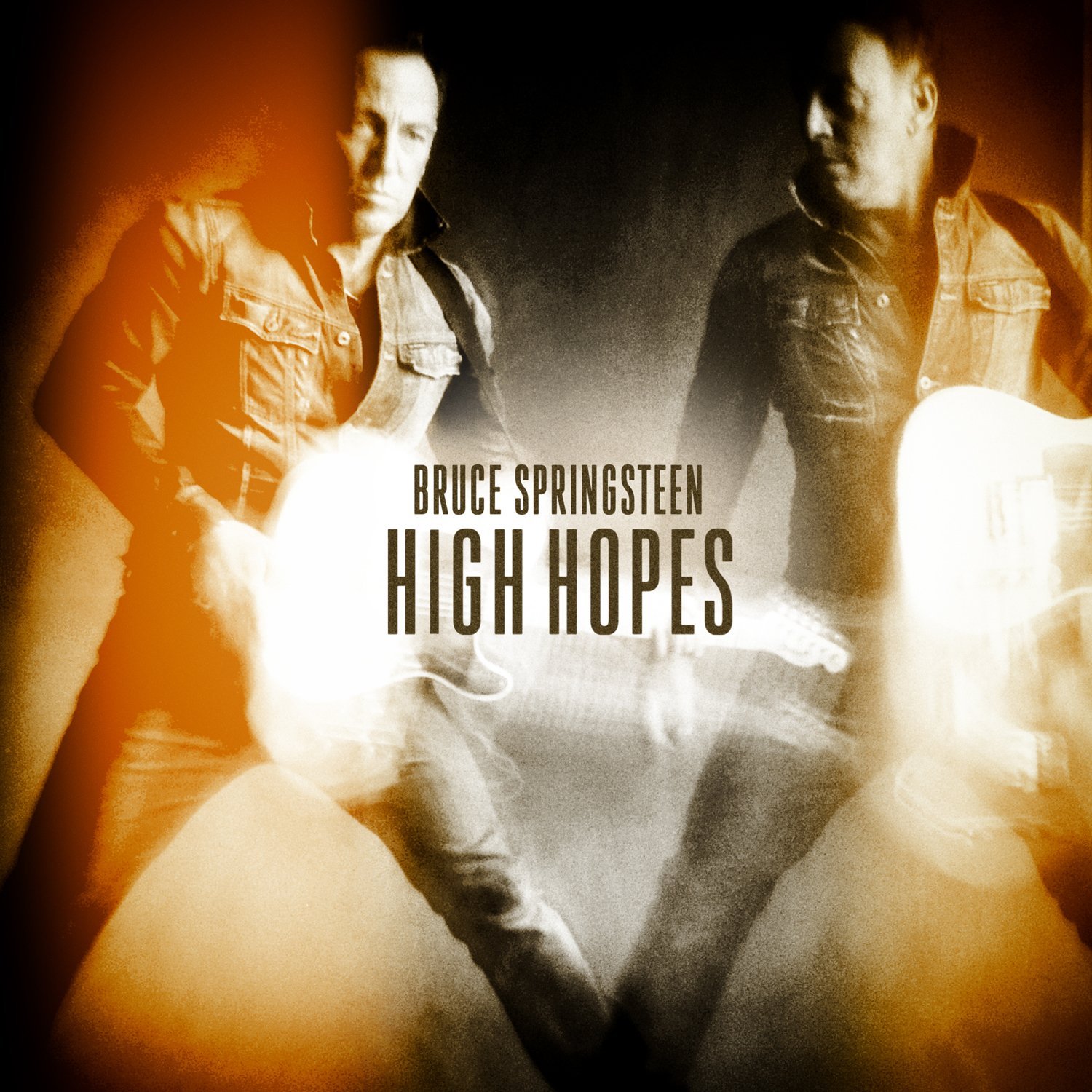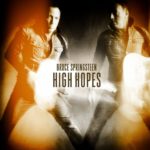
Columbia
There was a lot of talk in the press over the course of days leading up to the release of Bruce Springsteen’s High Hopes, with one critic citing the Boss’s surprise new album as a continuation of his so-called struggle “in the 2000s to find the best musical vehicle for his thoughts on the state of America.”
Regardless of where you might stand in concert with the maximalism of Brendan O’Brien’s production on The Rising, Magic and Working on a Dream or the traditionalist daring of his Seeger Sessions or the depth of his folk return with Devils and Dust or even the experimental edge exhibited on Wrecking Ball, these albums hardly sound like a sonic struggle to find footing. Rather, each of the aforementioned titles unfold like a rolling almanac of Springsteen’s state of the union with the shifts in tempo, tone and mood In fact, more than a few of his beloved “tramps” hold more than some of those records in the same light as such holy grails of his catalog as Born to Run, Nebraska and Born in the U.S.A. (well, with the exception of Dream ).
Much of the material from High Hopes stem from outtakes of those sessions in the aughties, with a heavy concentration on the O’Brien era. But in the hands of producer Ron Aniello, the man behind the mindfully minimalist Wrecking Ball, these dozen cuts are hardly indicative of the time from which they sprang. In fact, one could even construe Hopes as the Boss’s most weirdo record to date. It harbors that outsider spirit instilled in such deep catalog classics as Tunnel of Love and The Ghost of Tom Joad while staunchly maintaining an E Street-esque bristle, as can be heard across tracks like a spirited cover of The Saints’ “Just Like Fire Would” and the long-awaited studio version of “American Skin (41 Shots)”. And to call this his most guitar-based album would be a grand understatement, especially once you hear how longtime axeman Nils Lofgren and special guest Tom Morello of Rage Against The Machine pit their distinct styles up against one another on the electric version of “Joad” as well as the soulful, anthemic “Heaven’s Wall”.
However, its the calmer, more introspective moments of High Hopes where its heart truly lies. With its “I’m On Fire”-esque pulsing backbeat and the graceful violin of Soozie Tyrell leading the fray, “Down in the Hole” is one of Springsteen’s finest Celtic-flavored moments. Meanwhile, the long-overdue studio version of his rendition of Suicide’s “Dream Baby Dream” takes Alan Vega and Martin Rev’s streetwise synth-punk ballad and basks it in the glow of an Asbury Park sunset.
Anyone who can sit there, listen to High Hopes and pass it off as a “stopgap” or chide it for a lack of thematic cohesion is clearly missing its impetus. Though it may be patchwork in the fact that these dozen cuts may stretch across the last twelve-odd years in the career of Bruce Springsteen, as a unified whole they create a journey that only an appreciator of the Boss’s grayer areas in his cache can fully love and accept.



No Comments comments associated with this post